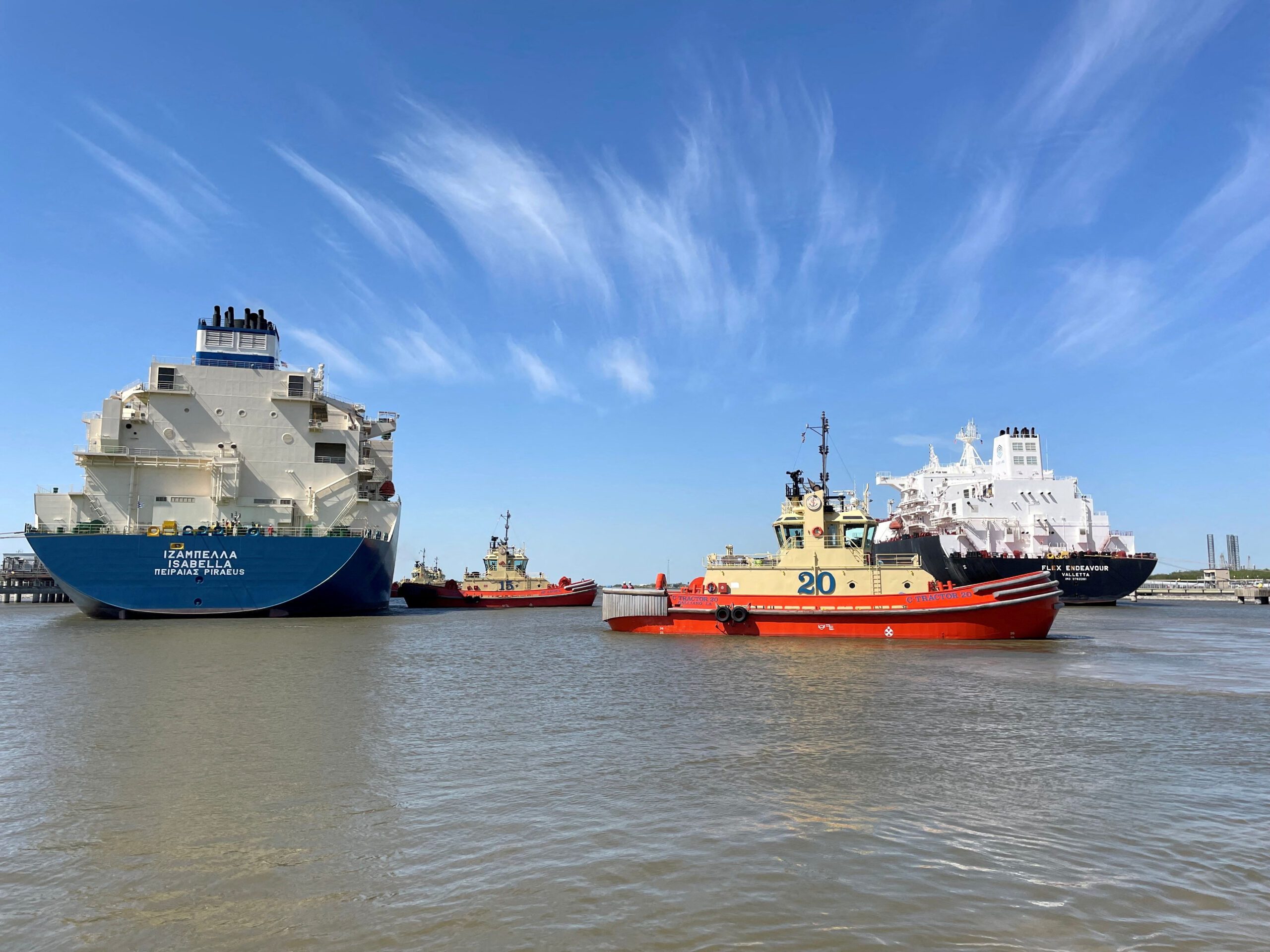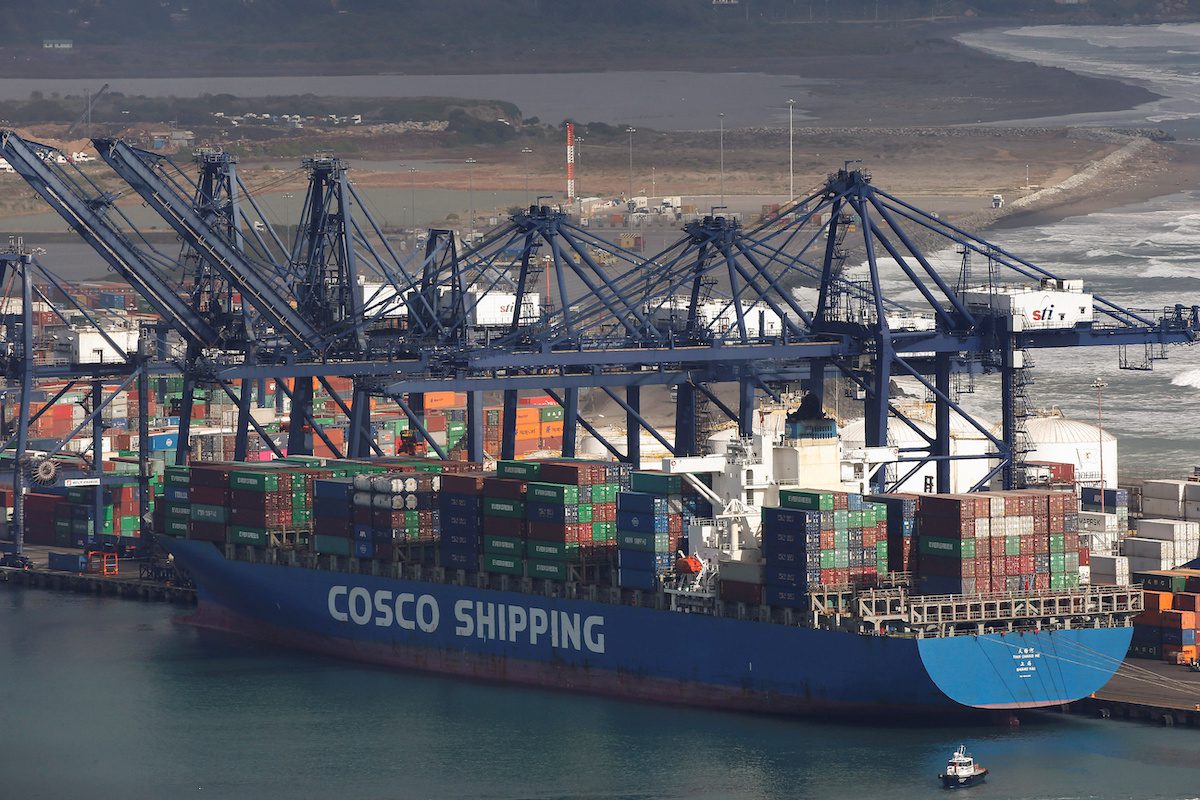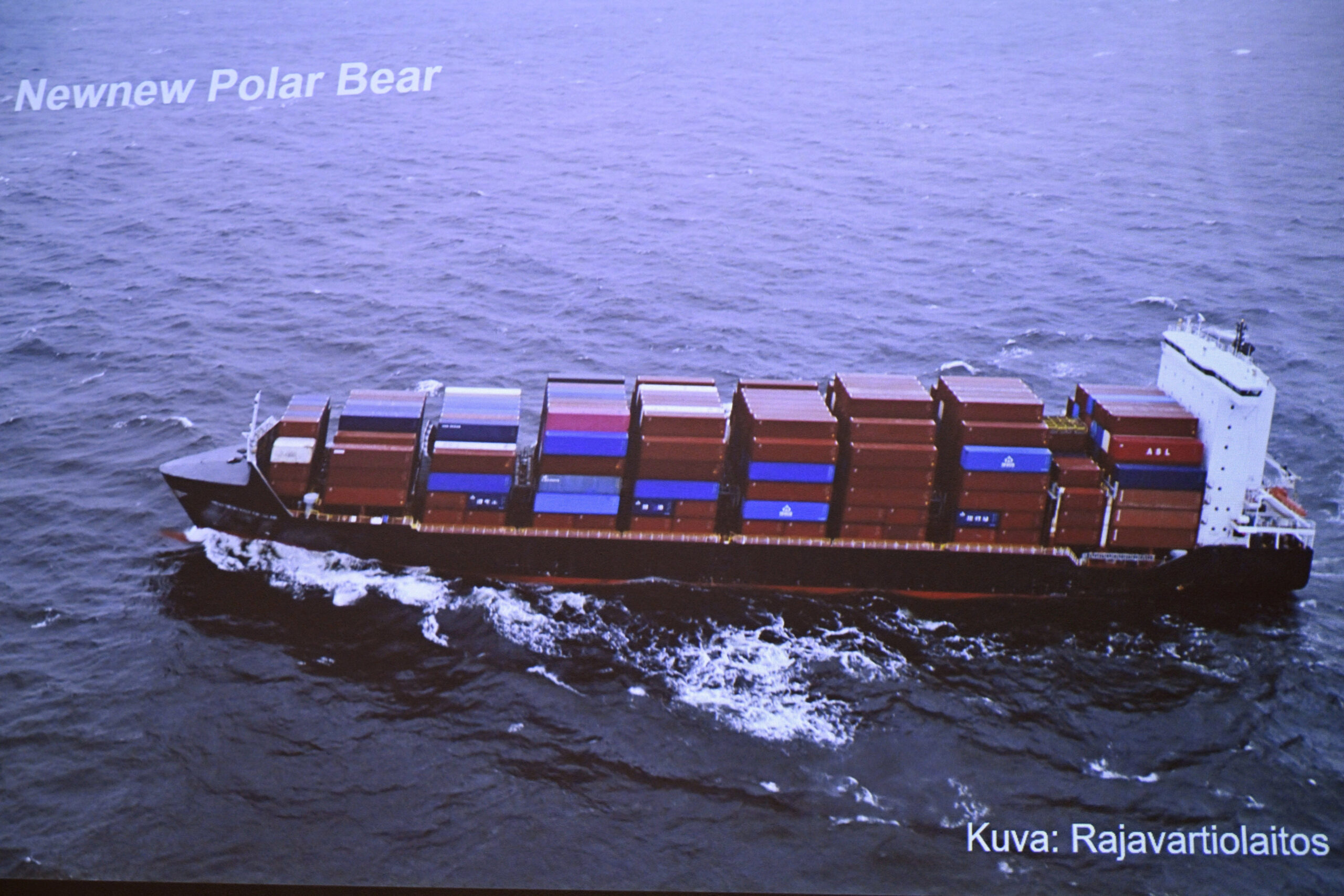By Jessica Nix
(Bloomberg) –Superyachts are the ultimate status symbol for royal families, oligarchs and billionaires from Jeff Bezos to Bernard Arnault. The floating palaces are a source of fascination and secrecy — and greenhouse gas emissions.
The planet-warming pollution caused by luxury vessels that benefit the very few has led lifestyle social scientist Gregory Salle to dub them a form of “ecocide” and “conspicuous seclusion” in his new book, Superyachts: Luxury, Tranquility and Ecocide.
There are almost 6,000 superyachts — that is, vessels over 30 meters (100 feet) — at sea, according to a report earlier this year by media and market intelligence company SuperYacht Times. The total has quadrupled in the past three decades.
“It’s hard to think about a sign of wealth that is more convincing than that if you possess a superyacht,” said Salle, who is a professor at France’s University of Lille.
The concentration of wealth hasn’t just led to the superyacht explosion. It’s also led to a split in per-capita emissions, with the most well-off living the highest carbon lifestyles.
The world’s wealthiest 10% already account for half of the world’s carbon dioxide emissions, according to Oxfam research. The nonprofit found that it would take 1,500 years for someone in the bottom 99% to emit as much carbon as one of the world’s top billionaires. The ultra rich’s emissions come from a variety of sources, including large homes and frequent jet travel. But superyachts are their single largest source of greenhouse gas emissions, according to a 2021 study.
The annual CO2 emissions of the top 300 superyachts is almost 285,000 tons, according to Salle’s book, an amount more than the entire nation of Tonga.
Superyachts are also more than climate polluters. Wastewater, noise and light pollution, particulate matter in exhaust, and even where the vessels dock can have an adverse effect on the local environment. Those outsize impacts add up to why Salle has dubbed the vessels a form of ecocide.
The term — which was coined in the 1970s — refers to the willful destruction of nature and has often been used to describe the actions of the wealthy given their outsize carbon footprint. In 2021, lawyers proposed codifying ecocide into international criminal law, putting it on par with genocide. European Union lawmakers voted to criminalize environmental damage “comparable to ecocide” earlier this year. Whether the new law will be used to prosecute the use of superyachts remains to be seen.
Some owners are cognizant of the dangers their vessels pose to the environment. Jeff Bezos’s $500 million superyacht Koru set sail in April 2023 with sails to help power its voyage. It still sports diesel-powered motors, though. Oxfam estimates that the 127-meter (416-foot) vessel has emitted 7,000 tons of carbon dioxide over the past year, an amount equal to the annual emissions of 445 average Americans.
That estimate is also almost certainly on the low end as the calculations account for the yacht being on standby rather than in transit. The number also doesn’t include Koru’s companion yacht, Abeona, a 75-meter support motor yacht that functions like a garage with a helicopter pad and jet skis.
The sails on Bezos’s ship are an exception: The vast majority of superyachts are solely engine-powered. Only eight new sailing builds were completed in 2023, compared to the 195 new motor yachts.
Understanding a superyacht’s true carbon emissions is incredibly difficult because of a lack of data collected and the inherently secretive nature of yachting, according to Malcolm Jacotine, founder of the superyacht consultancy firm Three Sixty Marine. Using the International Maritime Organization’s data, Jacotine estimates yachting emissions will hit 10 million tons by 2030 if the industry takes a “business as usual” approach.
To help owners understand their boats’ impact, he’s developed two carbon emissions calculators. They have limitations, though, because they rely on voluntarily reported data and estimated tons of diesel fuel.
Yachts spend 10% to 20% of the year sailing and relying on engine power. The boats reach top speed only 0.1% of the year, according to Robert van Tol, executive director of the Water Revolution Foundation. The rest of the year, the vessel is a floating hotel, relying on generators that are required for a longer period of time and emit more CO2, according to Jacotine’s calculations.
Still, emissions data is done on a boat-by-boat basis, and one yacht may travel more than another in a year, making the traveling emissions higher, according to Oxfam researchers. Yachts are exempt from International Marine Organization emission rules, so true emissions of any boat are difficult to discern. That reflects how superyachts are both ostentatious and somewhat unknowable.
“Superyachts are made to be noticed,” Salle said. “But [they] are also vehicles that are really secretive in the sense that you can’t access the inside if you are not invited.”
New builds are focusing less on engines reaching top speeds and more on saving energy in hotel mode. But sustainability may not be at the forefront of purchasing decisions.
“It’s not a totally rational decision to buy a yacht,” said Ralph Dazert, head of intelligence at the media and market insight company SuperYacht Times. “It’s quite an emotional thing because it costs you an absolute fortune.”
In 2023, the total value of yachts sold totaled €4.6 billion ($4.9 billion), according to Dazert. He said the movement towards sustainability will be largely driven by shipyards and engineers adding features to new builds, including using recycled materials. New types of fuel could also cut emissions.
This year, Italian shipbuilder Sanlorenzo will test the first 50-meter steel yacht powered by hydrogen fuel cells, and another 114-meter yacht from German shipmaker Lürssen with the same technology is in production for 2025 for Apple Inc.’s former watch developer Marc Newson.
But the larger the build, the longer the wait time. That means some of these features will take years to appear on the high seas, according to Jacotine.
In a bid to clean up superyachts’ image, some owners are making theirs available for research and exploration. That includes a new 195-meter yacht owned by a Norwegian billionaire Kjell Inge Rokke, which is set to launch in 2026 with over 50 scientists to study the ocean. (It’s also available for custom cruises.)
While public scrutiny is mounting, superyachting is a client-driven industry. And for most buyers, luxury still trumps climate concerns. Salle noted that like many upscale items, superyachts aren’t just products. They’re representative of a “lifestyle,” one that right now is intimately tied to carbon-intensive activities.
“Ecocide is something that causes deep harm, harm that is lasting over time,” Salle said. “You could apply this to what [superyachts] are doing, not just individual … but global.”
© 2024 Bloomberg L.P.

 Join The Club
Join The Club










